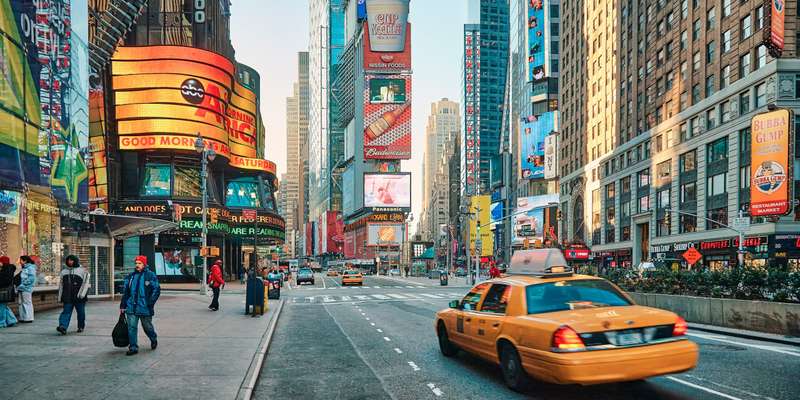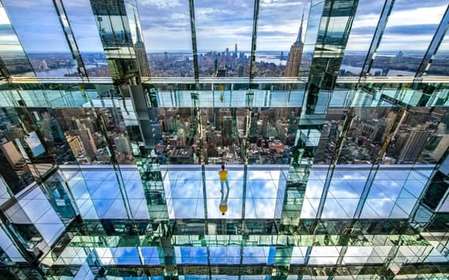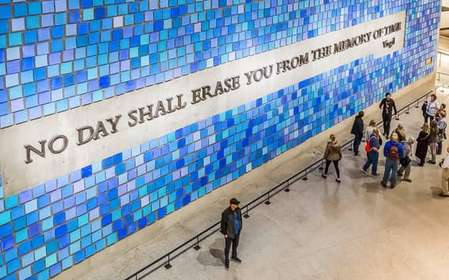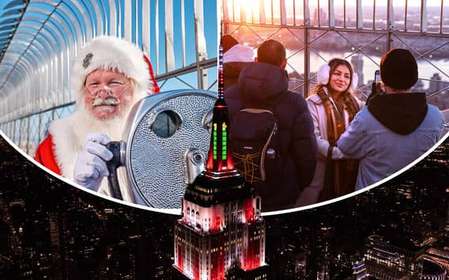- Home
- Useful Tips
- Exploring the hidden corners of...
Most visitors to Bryant Park never move beyond the crowded lawn areas, missing the quiet benches, seasonal surprises, and cultural treasures that locals cherish. Recent visitor surveys show 68% leave without discovering the park's most atmospheric corners, while 82% report feeling overwhelmed by summer crowds. The frustration is palpable – you've carved out precious time to enjoy this urban oasis, only to find yourself jostling for space or following the same paths as every tourist. Hidden art installations go unnoticed, secret garden nooks remain empty, and the park's rich history fades behind the chaos. This isn't just about missing photo opportunities; it's about forfeiting the rejuvenation that comes with discovering a city's quieter soul.


Escaping the crowds – where locals find peace in Bryant Park
The northwest corner near the Josephine Shaw Lowell Memorial Fountain holds the park's best-kept secret – a terraced seating area shaded by honey locust trees where office workers quietly eat lunch. Come early afternoon when the sun angles perfectly between skyscrapers, creating dappled light perfect for reading. Another sanctuary exists behind the park's original 1934 library building, where six secluded benches face a rarely noticed Art Deco relief sculpture. Winter offers its own escape routes – the southwest warming hut sees minimal traffic compared to the skating rink, with equally good hot chocolate. Seasoned visitors know the trick of following the park's resident birds; where sparrows congregate near the 40th Street entrance, you'll find a surprisingly tranquil pocket just steps from the bustling Midtown foot traffic.
Beyond the lawn – uncovering Bryant Park's hidden cultural treasures
Most miss the rotating art installations tucked into the park's perimeter – like the subtle 'Poe' bronze near 42nd Street honoring the writer who once lived nearby, or the celestial pavement markers tracing Manhattan's astronomical history. The park's free cultural programming extends far beyond the main stage; early mornings often host tai chi sessions near the fountain, while the outdoor reading room (a relic from the Great Depression) still loans books from its discreet cart. Architecture buffs should study the park's four original 1930s lampposts near the eastern border, their intricate metalwork telling New York's industrial story. For literary pilgrims, a little-known plaque marks where Dorothy Parker and her Algonquin Round Table regulars traded barbs – find it embedded in the pavement west of the carousel, where few pedestrians pause.
Seasonal secrets – experiencing Bryant Park beyond summer crowds
November through February transforms the park with its Winter Village, but savvy visitors skip the obvious attractions. The park's rear-left chalet serves superior Belgian waffles without the lines, while weekday mornings at the rink offer near-private skating sessions. Spring brings hidden delights like the magnolia trees that bloom spectacularly (yet unnoticed) behind the restroom pavilion. Summer nights reveal the park's best free entertainment – not at the main stage, but at the ping pong tables where local regulars play dramatic matches under the lights. Autumn regulars know to visit the herb garden at 4:30 PM, when the setting sun backlights the chrysanthemums and the Le Carrousel plays its vintage French tunes to mostly empty benches.
Practical magic – accessing Bryant Park like a true New Yorker
Locals enter through the 40th Street side gates to avoid the 6th Avenue bottleneck, timing visits for the 'shoulder hours' – 8-9 AM or 6-7 PM – when office workers transition but tourists haven't arrived. The park's cleanest restrooms hide in the southwest corner near the chess tables, consistently maintained thanks to their distance from high-traffic areas. For perfect picnic conditions, the northern gravel paths offer shaded tables with Bryant Park Grill's kitchen aromas wafting over – bring takeout from nearby Maison Kayser for an affordable taste of Paris. Those needing workspace should head to the upper terrace near the statue of William Earl Dodge; its outlets work reliably, and the vantage point lets you monitor approaching weather changes. Remember the park's secret exit too – a discrete staircase near the east lawn drops you directly into the 42nd Street subway station, bypassing sidewalk crowds entirely.



